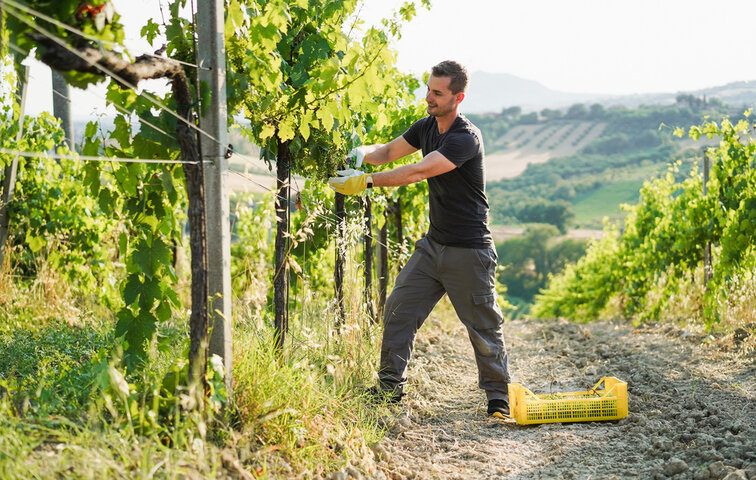Agroecology in a warming world: what opportunities to adapt to crises?
Agroecology, a field dedicated to the development of sustainable agricultural practices, is gaining momentum as an alternative to reduce environmental impact and improve agricultural productivity. One of the most ambitious current projects focuses on adapting these practices to Mediterranean and tropical areas, with a focus on restoring degraded soils and mitigating the effects of climate change. After almost a decade of research in Switzerland, Dr. Laura Armengot is back to apply her knowledge to the Mediterranean region.
Start of the VITIBOSC project to adapt the vineyard to climate change through agroforestry systems
Agroecology is experiencing a boost with the new demonstration project funded by the Department of Climate Action, Food and Rural Agenda of the Generalitat de Catalunya. Called VITIBOSC, this project aims to adapt the cultivation of vines to the effects of climate change through the implementation of agroforestry systems, which include the planting of trees between the vines to mitigate the rise in temperatures and improve biodiversity .
The project, led by the University of Barcelona, will install a pilot plot at the beginning of next year on an estate of the Cellers Família Torres, in the Penedès. This pioneering initiative seeks to provide a practical model for the Catalan wine sector, based on the positive experience of agroforestry systems in other regions of Europe, such as France and Switzerland.
In addition to the installation of the plot, several demonstration days are planned towards the end of 2025, to transfer the knowledge generated to the sector and encourage the adoption of these sustainable practices. The aim is to show the benefits of agroforestry systems, which include protecting grapes from excess solar radiation, increasing soil organic matter and reducing the need for irrigation.
Laura Armengot, emphasizes that this initiative offers a unique opportunity to demonstrate the effectiveness of agroforestry systems in the Mediterranean context and help to face the challenges posed by climate change.
Benefits of agroecological systems
Agroforestry systems offer multiple benefits, including improved biodiversity and soil carbon sequestration. In addition, trees planted between crops provide shade, helping to mitigate the effects of excess solar radiation on the vines, especially in a context of increasing drought and changes in climate conditions.
In tropical areas, the research of Dra. Armengot has focused on comparing different cocoa production systems, including monocultures and agroforestry systems. In Bolivia, an experiment that began in 2008 continues today, showing promising results in terms of carbon capture and increased biodiversity.
The transition to these agroecological models, although slow, offers viable solutions to address the current challenges of intensive agriculture. The researchers insist on the need for strong political support to facilitate this transition and encourage more environmentally friendly practices. Although there are obstacles, such as the continued use of pesticides and a lack of incentives for producers, there are signs that agroecological systems could be a key to ensuring more sustainable and resilient agricultural production in the future. This approach allows not only to increase soil fertility, but also to reduce dependence on synthetic chemicals and oil-intensive machinery, providing both environmental and economic benefits.
An agroecological future for a more resilient agriculture
One of the main challenges for the adoption of agroecological practices is the transition from an intensive and conventional agricultural model towards more sustainable and resilient systems. The application of techniques such as agroforestry systems, reduced tillage or cover crops requires an initial investment and a change of mentality on the part of producers, who are often held back by a lack of political support and financial resources. In addition, the need to adapt these systems to specific conditions, such as Mediterranean soils poor in organic matter or the growing effects of climate change, increases the complexity of the process. The lack of clear regulations to certify these agroecological systems, as well as logistical challenges, also hinder their widespread implementation. However, with examples of good practice and strong support, this transition to an agriculture that benefits both the environment and the producers can be driven forward.
